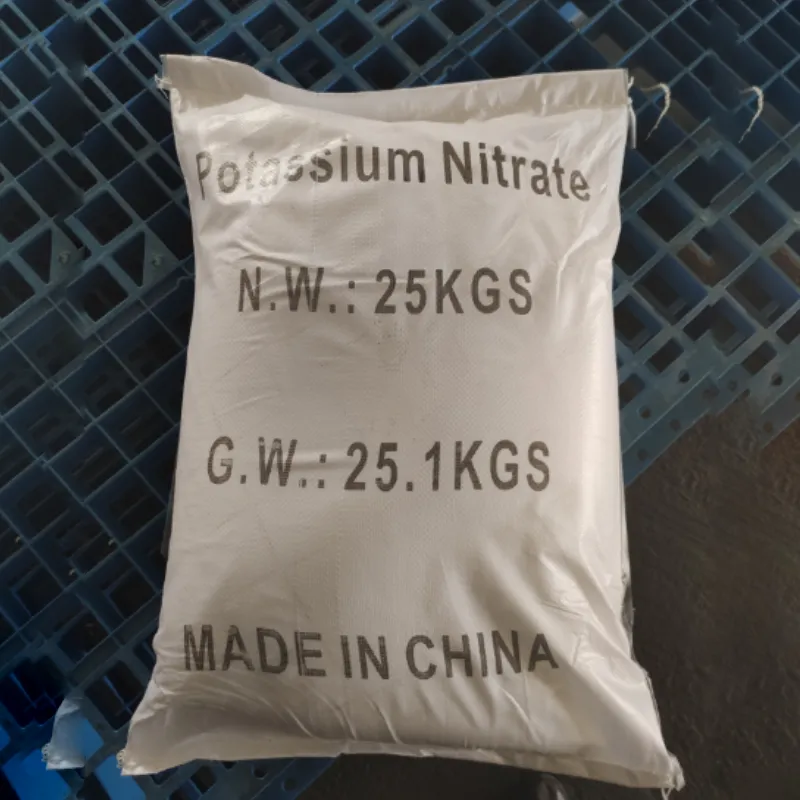
emulsifier food additive
Emulsifiers The Unsung Heroes of Food Additives
In the world of food science, additives often take center stage when discussing modern culinary practices. Among these, emulsifiers are among the most vital, yet frequently overlooked, components in our food. Emulsifiers are substances that facilitate the blending of two immiscible liquids, such as oil and water, creating a stable mixture that enhances the texture, appearance, and shelf life of various food products. This article explores the role of emulsifiers, their types, applications, and the ongoing debate surrounding their use in the food industry.
What Are Emulsifiers?
Emulsifiers are molecules that possess both hydrophilic (water-attracting) and lipophilic (fat-attracting) properties. This dual affinity allows them to position themselves at the interface between oil and water, reducing tension and promoting stability in emulsions. Common examples of emulsifiers include lecithin (found in egg yolks and soybeans), mono- and diglycerides, and various synthetic compounds like polyglycerol esters.
How Emulsifiers Work
The fundamental process of emulsification occurs when an emulsifier is added to a mixture of oil and water. The emulsifier molecules arrange themselves at the oil-water boundary, with their hydrophilic heads interacting with water molecules and their hydrophobic tails interacting with oil. This arrangement creates a barrier that prevents the oil droplets from merging, thereby stabilizing the emulsion.
For instance, in mayonnaise, egg yolks provide natural lecithin, which keeps the oil droplets suspended within the vinegar or lemon juice. Without this emulsifier, the oil would separate and float to the top, compromising the desired creamy texture.
Types of Emulsifiers
Emulsifiers can be categorized into three main groups natural, semi-synthetic, and synthetic.
1. Natural Emulsifiers These are derived from natural sources and include lecithin, casein (found in milk), and certain plant gums like guar gum and xanthan gum. Natural emulsifiers are often favored in clean-label products, appealing to consumers who prioritize health and sustainability.
emulsifier food additive

2. Semi-Synthetic Emulsifiers These emulsifiers are modified from natural sources. They retain some characteristics of their original form but are chemically altered to enhance their emulsifying abilities. Examples include modified starches and certain polysaccharides.
3. Synthetic Emulsifiers These are man-made emulsifiers designed for specific functions. They include substances like sodium stearoyl lactylate and sorbitan esters, which are used in a variety of processed foods for their effectiveness and affordability.
Applications of Emulsifiers in Food
The applications of emulsifiers span across numerous food products. They are essential in sauces, dressings, margarine, ice cream, and baked goods, where they help achieve the desired consistency and mouthfeel. In the dairy industry, emulsifiers improve the texture of cream cheeses and facilitate the production of stable milk-based drinks. In baking, they enhance dough stability and prolong freshness by keeping ingredients evenly mixed.
Additionally, emulsifiers play a critical role in the production of low-fat and fat-free products, allowing manufacturers to maintain desirable textures without compromising taste. By creating stable emulsions, they provide the creamy mouthfeel typically achieved with higher fat content.
Controversies and Consumer Concerns
Despite their benefits, the use of emulsifiers is not without controversy. Some consumers express concerns regarding the health implications of synthetic additives. Studies have suggested potential links between certain emulsifiers and digestive issues or inflammation, though the evidence is far from conclusive and often debated within the scientific community.
Moreover, the push for cleaner labels has led many food manufacturers to seek out more natural alternatives to synthetic emulsifiers. This trend reflects a growing consumer demand for transparency and ingredient integrity, prompting a reevaluation of how emulsifiers are used in food production.
Conclusion
Emulsifiers may not be the most glamorous food additives, but their role in modern cuisine is undeniably crucial. By enabling textures, extending shelf life, and enhancing flavors, emulsifiers help us enjoy a wide variety of processed foods while contributing to the efficiency of food production processes. As the food industry continues to evolve, the balance between functionality, health, and consumer preferences will dictate the future of emulsifier use, ensuring that these unsung heroes remain a significant component of the culinary landscape.
-
Pure Sodium Dichloroisocyanurate Dihydrate | Powerful DisinfectantNewsAug.29,2025
-
Industrial Chemicals: Quality & Purity for Every IndustryNewsAug.28,2025
-
Nitrile Rubber Honoring Strict Production StandardsNewsAug.22,2025
-
Aspartame Ingredients Honoring Food Safety ValuesNewsAug.22,2025
-
Fertilizer for Balanced Plant NutritionNewsAug.22,2025
-
Cyanide Gold Processing with High Purity AdditivesNewsAug.22,2025
-
Formic Acid in Textile Dyeing ApplicationsNewsAug.22,2025
Hebei Tenger Chemical Technology Co., Ltd. focuses on the chemical industry and is committed to the export service of chemical raw materials.
-

view more DiethanolisopropanolamineIn the ever-growing field of chemical solutions, diethanolisopropanolamine (DEIPA) stands out as a versatile and important compound. Due to its unique chemical structure and properties, DEIPA is of interest to various industries including construction, personal care, and agriculture. -

view more TriisopropanolamineTriisopropanolamine (TIPA) alkanol amine substance, is a kind of alcohol amine compound with amino and alcohol hydroxyl, and because of its molecules contains both amino and hydroxyl. -

view more Tetramethyl Thiuram DisulfideTetramethyl thiuram disulfide, also known as TMTD, is a white to light-yellow powder with a distinct sulfur-like odor. It is soluble in organic solvents such as benzene, acetone, and ethyl acetate, making it highly versatile for use in different formulations. TMTD is known for its excellent vulcanization acceleration properties, which makes it a key ingredient in the production of rubber products. Additionally, it acts as an effective fungicide and bactericide, making it valuable in agricultural applications. Its high purity and stability ensure consistent performance, making it a preferred choice for manufacturers across various industries.





